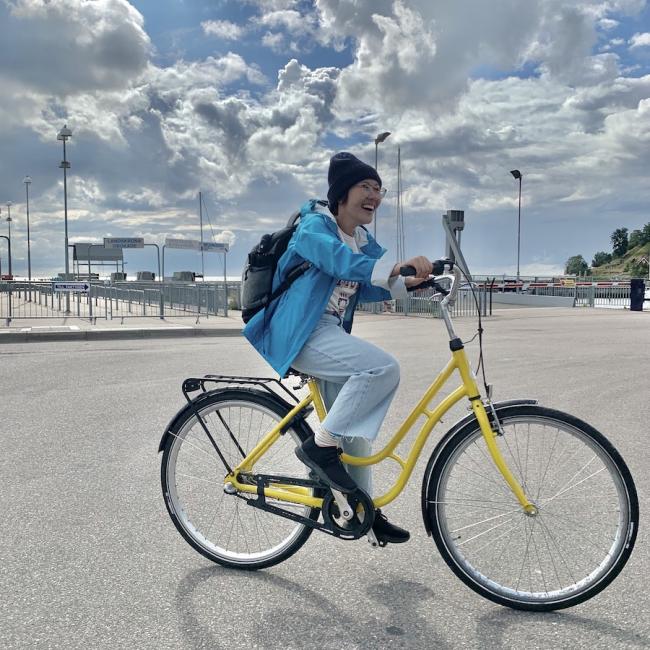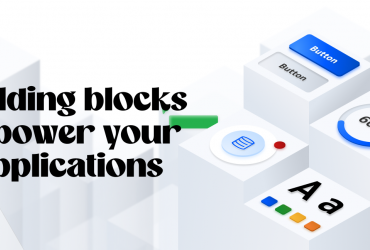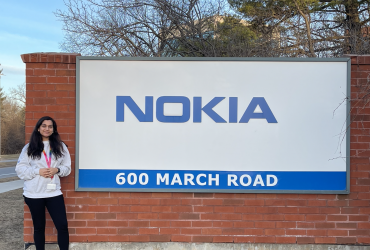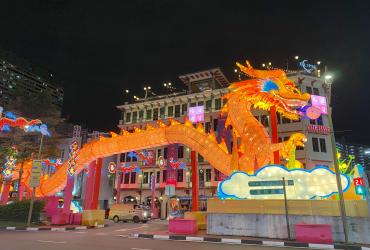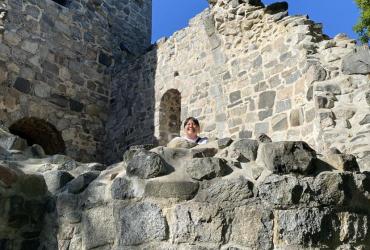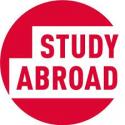Academic Planning
Going into exchange near the end of my degree, I had specific credit requirements that I needed to fulfill. As an IAT major (Interactive Arts and Technology) with no room for electives, I specifically needed Upper Division IAT credits. I reached out to both my Academic Advisor and Study Abroad Advisor. They recommended researching institutions that IAT students had gone to before and looking up the documents to see how their credits had transferred back. My study abroad advisor was particularly helpful in sending me a list of all exchange courses with successfully transferred IAT credits, which helped me pick my destination. I ended up taking the course “Storytelling - Narration Across Media” at Malmö University in Sweden. Past SFU students had taken this course before and earned credits for IAT 313, so it was more of a guarantee that this course would fit my degree needs.
What to Pack
For a five-month stay, I brought a large suitcase, carry-on suitcase, and backpack. I was on exchange from August to January so I packed some summer outfits for the beginning of the semester, but mostly allocated luggage space to autumn and winter clothing. Weather and temperatures in Malmö are somewhat similar to Vancouver, except where Vancouver is rainy, Malmö is windy. Malmö is in the south of Sweden so it’s warmer than the north, but still gets pretty cold. Bring layers and a warm coat (leggings to go under pants, base long-sleeves, sweaters, etc). If you plan to bike, a face mask, toque, and gloves are extra helpful to stay warm against the winter chill.
Those of us living in Metro Vancouver might already be familiar with seasonal depression. In Malmö, winter days are pretty dark and damp, similar to Vancouver winters. I experienced several days in December and January where the sun would set around 3pm. Living in a community of dorm friends definitely helped me combat low mood. If you are studying abroad in the winter, consider taking Vitamin D supplements too.
In case you forget to bring anything, you can also ask around to borrow from friends and neighbours. At the end of the semester, I went on a Lapland trip in the north, where it was all snowy tundra. Several of my friends had already visited Lapland and they were generous enough to lend me a ski jacket, snow pants, and Timberland boots (plus by the end of exchange they were happy to get rid of stuff and free up luggage space). There are also many secondhand shops and the main malls are Triangeln and Emporium.
Travel and Transportation
For transportation, I used Malmö by Bike. It’s similar to the Shaw Go bikes that you find around Vancouver. There are stations all over the city where you can loan out a bike, ride around, and drop it off at any other station. You can get a yearly subscription for 250 SEK (~$33 CAD). I was only on exchange for one semester, but this was definitely worth it. You can also purchase your own bike on Facebook Marketplace. There are pros and cons to each option. Sometimes the nearest Malmö by Bike station is empty so you need to go to another one, or the bikes aren’t in the best condition (squeaky noises, missing bell, etc.) However, buying your own bike means you need to bring it everywhere with you, carry a lock, and resell it at the end of the semester.
The city’s bike infrastructure is amazing. Bike lanes are separated from cars and closer to the sidewalk. The driving culture is also much more bike-friendly. Drivers will actually stop and prioritize cyclists, which was refreshing coming from a more car-centric city in BC.
Bus fare is quite expensive. A one-way ticket is 23.25 SEK ($3.05 CAD), though I recommend purchasing 24 hour tickets if you’re taking at least two trips. There are also monthly passes and discounts if you buy tickets in bulk so you can split fare with friends. I recommend downloading the app Skånetrafiken (Malmö’s equivalent to Translink) where you can buy tickets and look up bus routes.
The Malmö by Bike station closest to the student housing.
Finances
My best finance tip is to apply for funding! Some examples of funding opportunities include the Suite of Study Abroad Awards , the Equity, Diversity, and Inclusion International Mobility Award , and student grants and loans.
Sweden is mostly cashless and I often used mobile pay. I recommend the apps Revolut and Wise which you can use to transfer money into different currencies. I used Revolut to pay rent and also transfer money to friends if we owed each other (as an alternative to Canada’s e-transfer). Wealthsimple Cash is another option; they charge a lower currency conversion fee than most Canadian banks. The only place where I needed cash in Sweden was at outdoor produce markets. If you’re travelling to other parts of Europe, some euros might be good to have in cash too.
If you do go with your regular bank, make sure to contact them and let them know you are travelling so they don’t flag purchases in Sweden as suspicious activity. Additionally, if you have any accounts which use MFA (multi-factor authentication), try to change them so they are not linked to your cell phone number. There were times I would try to log in to my bank account, but it was difficult whenever they sent me a text since I had already changed my SIM card.
The cost of living is a little cheaper than Vancouver. Rent is more expensive in Vancouver, however food is more expensive in Malmö, so it somewhat evens out. I mostly cooked at home instead of eating out. Keep in mind, I was on exchange during the Ukraine-Russia war, so inflation and gas prices were skewed.










